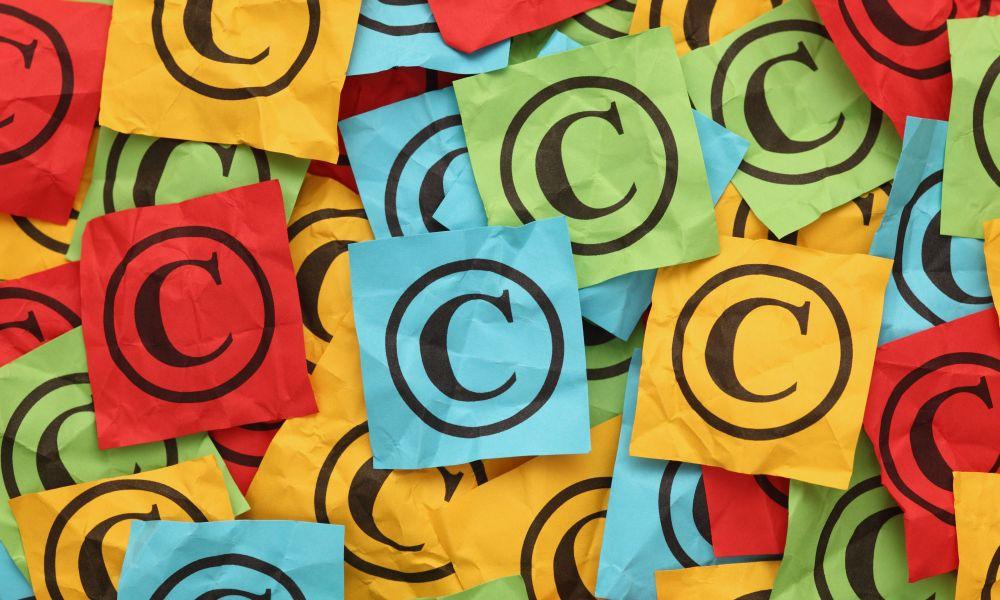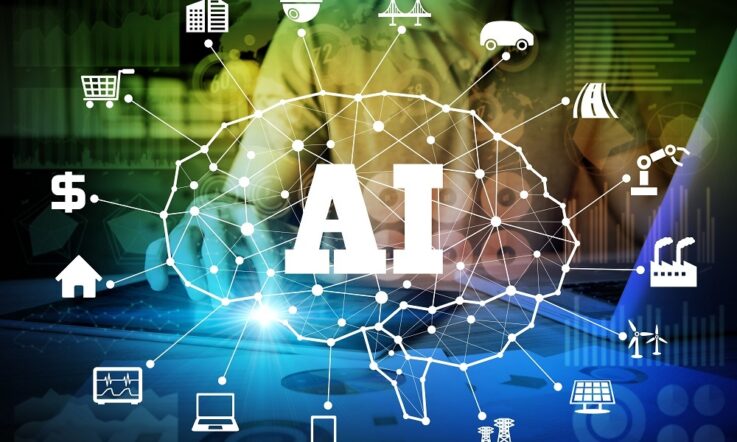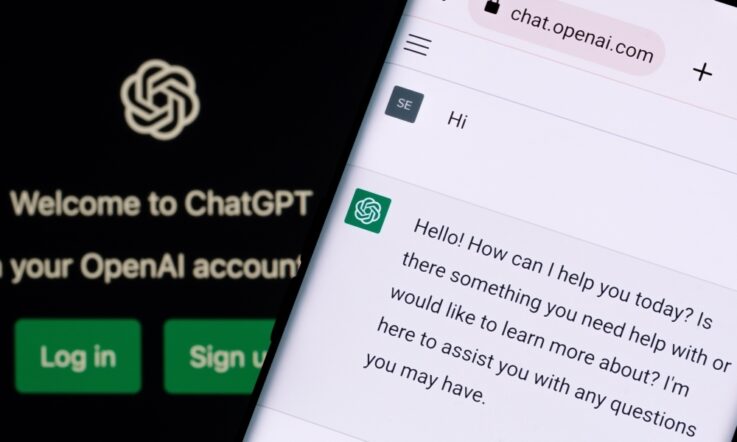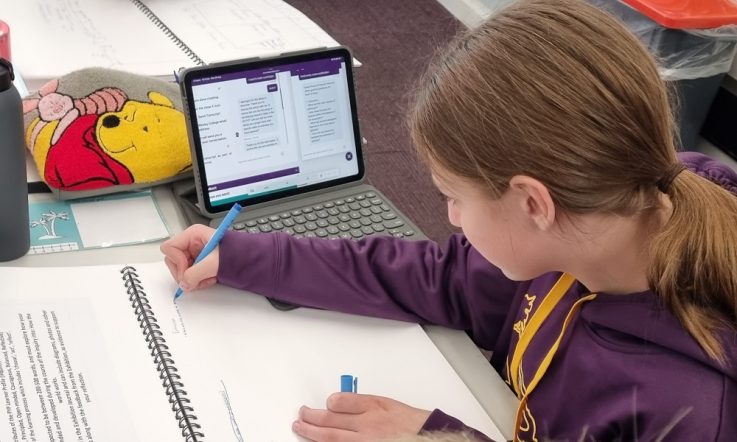Artificial Intelligence (AI) is an increasingly popular and useful tool for teachers and students alike. But what do our copyright laws say about using AI to generate new, or alter existing, work?
Teacher spoke to Delia Browne, National Copyright Director at the National Copyright Unit, to find out more about the legal obligations of using AI in schools, and how to best navigate the legal grey areas that can arise.
Can you tell us a bit about the NCU and how you can support schools?
The National Copyright Unit (NCU) is a specialised unit that provides copyright advice to all Australian government and non-government schools and TAFEs (excluding Victorian TAFEs) in Australia.
We help schools through various copyright education initiatives, including:
- The Smartcopying website, the official guide to copyright issues for Australian schools and TAFEs, which includes guidelines, information sheets, education resources and links to copyright presentations tailored to teachers.
- A comprehensive copyright education program of free webinars – in 2023 the NCU delivered 33 free copyright webinars to 861 school and TAFE teachers.
- Quarterly newsletters on topical copyright issues that arise in education, such as AI and responding to copyright infringement notices.
- Advice on specific copyright issues that arise on a day-to-day basis.
- Advocating for much-needed copyright law reform on behalf of the school and TAFE sectors.
Has there been an uptick in schools asking about AI and copyright? What common questions do they have?
There’s been a significant uptick in queries about copyright and AI recently.
The questions we receive usually concern using generative AI tools – that is, tools that are used to adapt or modify existing works or generate new content. Some examples are ChatGPT, Copilot or DALL-E.
The types of questions the NCU is asked are:
- If I use an AI tool to generate a new work, does copyright protect that new work?
- Who owns copyright in material that I create using an AI tool?
- If I use an AI tool to create something new, will that infringe copyright in an existing work?
- How should I label or attribute content that I create or modify using AI?
What guidance can you offer teachers to help answer some of those questions above?
We should preface our answer by noting that there are lots of legal grey areas when thinking about how copyright applies to developing or using AI tools.
There are many complex legal issues that arise and remain the subject of litigation (particularly in the United States and the United Kingdom). Until Courts decide those cases (which could take some time), how copyright law interacts with generative AI will remain uncertain. And even then, a Court’s findings in the US will not necessarily provide clarity on the position in Australia.
Until the [Australian copyright] law is amended to specifically deal with copyright issues that arise when using AI for education purposes, the NCU has developed guidance for teachers who are using generative AI tools.
You can see this guidance, in full, in our Using Generative AI Platforms in Schools factsheet.
Different considerations apply depending on how AI is being used, for example, to modify third party material versus prompting those tools to generate new material, which we’ve outlined below.
Using generative AI tools to modify third party material
The NCU currently recommends you:
- Only modify existing third-party material (that is, material that the teacher or school did not create) using AI if:
- An exception in the Copyright Act or the Statutory Text and Artistic Works Licence applies.
- You have permission from the copyright owner, or the material is licensed under a Creative Commons Licence that permits derivative works, or is in the public domain (that is, copyright has expired).
- An exception in the Copyright Act or the Statutory Text and Artistic Works Licence applies.
- Label content modified using AI (the Smartcopying website has some suggested templates).
- Comply with the NCU’s guidance in relation to the exceptions or licences you are relying on.
- Don’t publish third-party material that has been modified using AI in reliance on an exception or the Statutory Text and Artistic Works Licence on public websites.
Of course, teachers will always need to ensure that they are complying with the usual copyright obligations that apply when copying or communicating third-party copyright material. For example, under the Statutory Text and Artistic Works Licence, or an exception such as the exam copying exception or a disability access exception.
Using generative AI tools to create new material
Our current understanding of how generative AI tools function is that they essentially learn from information and apply that knowledge, in a way that is analogous to how a human might learn from reading a book, for example. That process may ultimately mean that no relevant copyright activity takes place when a teacher prompts an AI tool to generate new work.
However, we recommend you:
- Check the terms and conditions of the relevant tool to see whether it assigns or grants a licence in copyright in outputs to the user.
- Ensure the person who uses the tool to generate the work is employed by the school and has created the work as part of their employment.
- Label content created using AI.
- Where practical, only use material generated by AI platforms internally within the school and don’t make it publicly accessible.
Using generative AI to answer a question or find a fact
In our view, using generative AI tools to simply find out an answer to a question or a fact (like how you may use a search engine) is unlikely to involve any relevant copyright activity, as facts and information are not themselves protected by copyright.
Do teachers need to consider where they distribute AI generated content? For example, could their obligations differ when using AI in a classroom lesson versus uploading AI-generated content to the school website?
The NCU currently recommends that where schools are using AI to generate new material or relying on an exception or licence under the Copyright Act to modify third-party copyright material, the output material should only made available internally on a password protected digital teaching environment to students who need to have access to it.
This material should not be made available outside of the relevant school.
How does the education copying scheme (Statutory Education Licence) apply to AI content? Can it be freely used so long as it is for educational purposes?
Teachers should not assume that if they are modifying existing third-party copyright material using AI that the resulting output can be ‘freely used’.
The NCU’s current guidance is that if schools wish to modify existing third-party material using AI, they should only do so if their use of that existing material would otherwise fall within the Statutory Text and Artistic Works Licence, or an education exception under the Copyright Act, and the conditions and requirements of the licence or relevant exception are met and complied with.
In our view, the usual conditions and requirements that apply to using third-party copyright material under the relevant licence or exception may still apply to the subsequent use of that output for education purposes.
If copyright protects new material that is generated using AI (which is a grey area), we currently think that it is arguable that the teacher’s employer (a school or department) will own that copyright if the terms and conditions of the relevant tool grant an assignment or licence of copyright in the output to the user.
The NCU is happy to provide guidance if teachers are unsure whether their proposed use of AI may be covered.
You’ve mentioned throughout this discussion that there are lots of grey areas around AI and copyright. What needs to be done to resolve this?
There are many grey areas and until these matters are clarified through legislative reform, there won’t be any definitive answers to these copyright questions.
The NCU is engaged in a range of copyright law consultations and initiatives concerning AI and education. We are proactively advocating for changes to copyright laws that will give Australian schools clarity on how they can use AI and engage with the opportunities that AI presents for teaching and learning now and in the future.
If teachers have any questions about copyright or would like further information, we encourage them to review our resources, guides and other helpful information on the Smartcopying website at smartcopying.edu.au or contact us at smartcopying@det.nsw.edu.au for assistance.
AI is a fast-evolving space. Does your school closely monitor changes and breakthroughs in AI to assess potential issues that could arise (such as plagiarism) as well as potential benefits and opportunities (such as improvements to teacher planning)?
Are teachers at your school using AI in creative and interesting ways? Does your cohort take time to share these new strategies/ideas and to learn from each other?
If you’re using AI in your classroom, have you taken time to consider what legal obligations there could be? Does your school have set guidelines around using AI?



